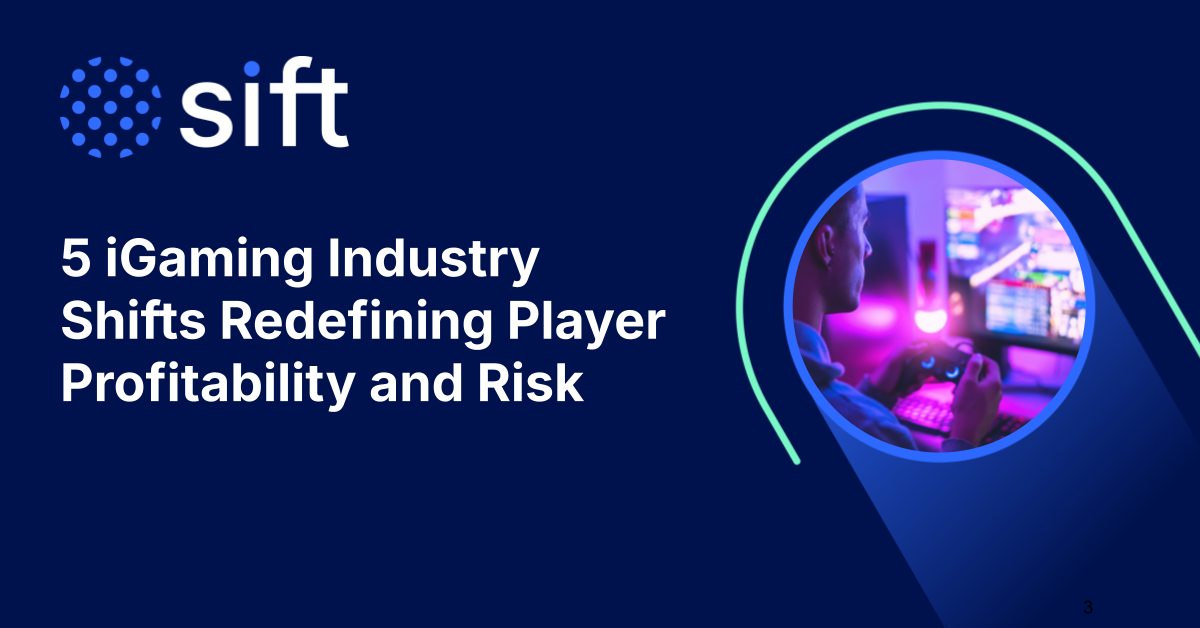In the six months since ChatGPT launched in November 2022, nearly half of consumers admitted to finding it more difficult to identify scams. And another 78% of consumers expressed concern about AI being used to defraud them.
Cybersecurity and Infrastructure Security Agency (CISA) officials have warned that AI may be “the most powerful weapon of our time.” Advanced language models, such as ChatGPT and Bard, are a double-edged sword that can be used in positive and creative ways, but also have a high risk of being exploited for fraud.
In the face of this growing risk, the importance of fraud detection strategies cannot be overlooked. The majority of consumers (54%) believe they should not be held responsible for unauthorized purchases resulting from fraud, which means businesses must protect themselves from financial losses and reputational damage.
In this blog, we will examine how fraudsters exploit AI technology, amplify it with automation, and lower barriers to entry by democratizing fraud. We will also explore how AI is enabling fraud detection solutions to keep pace with the growing scale of these attacks.

How is AI being used for fraud?
Malicious actors are utilizing AI to efficiently conduct sophisticated scams and quickly scale fraud campaigns through automation. In fact, Sift research reveals the frequency of fraud is on the rise; a staggering 68% of consumers reported an increase in the frequency of spam and scams in the six months since tools like ChatGPT was released.
Fraudsters capitalize on AI’s capabilities to create more convincing and personalized scam attempts, which can be more difficult to detect. By analyzing vast amounts of data, AI algorithms can generate highly targeted phishing emails, fraudulent advertisements, or even deep fake audio and video content, aiming to deceive unsuspecting individuals.
It can be challenging for fraud prevention teams to keep pace with the speed and volume of amplified AI fraud. Automation streamlines processes for cybercriminals by generating fraudulent messages, creating convincing fake identities, or launching mass phishing campaigns. Sift data corroborates this, showing a 40% increase in the average rate of fraudulent content blocked from networks in the first quarter of 2023 compared to the entirety of 2022.
How is AI used for phishing?
Phishing attacks are capitalizing on an AI renaissance to craft convincing and targeted emails, leading unsuspecting users to divulge sensitive information and fall victim to fraud. The rate of account takeover attacks has spread an alarming 427% in Q1 2023, compared to the entirety of 2022. And nearly one-in-five consumers reported that they have been the victim of a phishing attack, account takeover, or payment fraud in the six months following the launch of ChatGPT.
The democratization of fraud lowers the barrier of entry for non-technical individuals, which is a concerning trend for phishing attacks. Phishing kits and phishing-as-a-service platforms are available on the dark web, where criminals can access pre-built phishing templates, tools, and resources. AI has become the latest and greatest tool to increase the volume and sophistication of phishing attacks.
How can businesses prevent AI-driven fraud?
CISA officials have encouraged that AI may be the most “powerful capability of our time.” Machine learning, a form of artificial intelligence, plays a crucial role in fraud detection and prevention, empowering organizations to level the field against ever-evolving fraudulent activities.
For example, machine learning can analyze large volumes of data in real time to swiftly identify patterns, anomalies, and trends indicative of fraudulent behavior. These capabilities can be amplified by global networks of fraud signals. This enables organizations to detect fraud more accurately, minimizing false positives and enhancing overall detection capabilities.
Sift’s real-time machine learning can also reduce the friction of multi-factor authentication by adapting security measures based on the level of risk associated with each transaction or user interaction using dynamic friction.
As AI-enabled fraud reaches a boiling point, businesses must respond. By leveraging advanced analytics, machine learning, and dynamic friction, organizations can enhance fraud detection capabilities, enable better customer experiences, and proactively combat evolving fraudulent activities.
Discover more insights on AI-driven fraud in our Q2 2023 Digital Trust & Safety Index.







